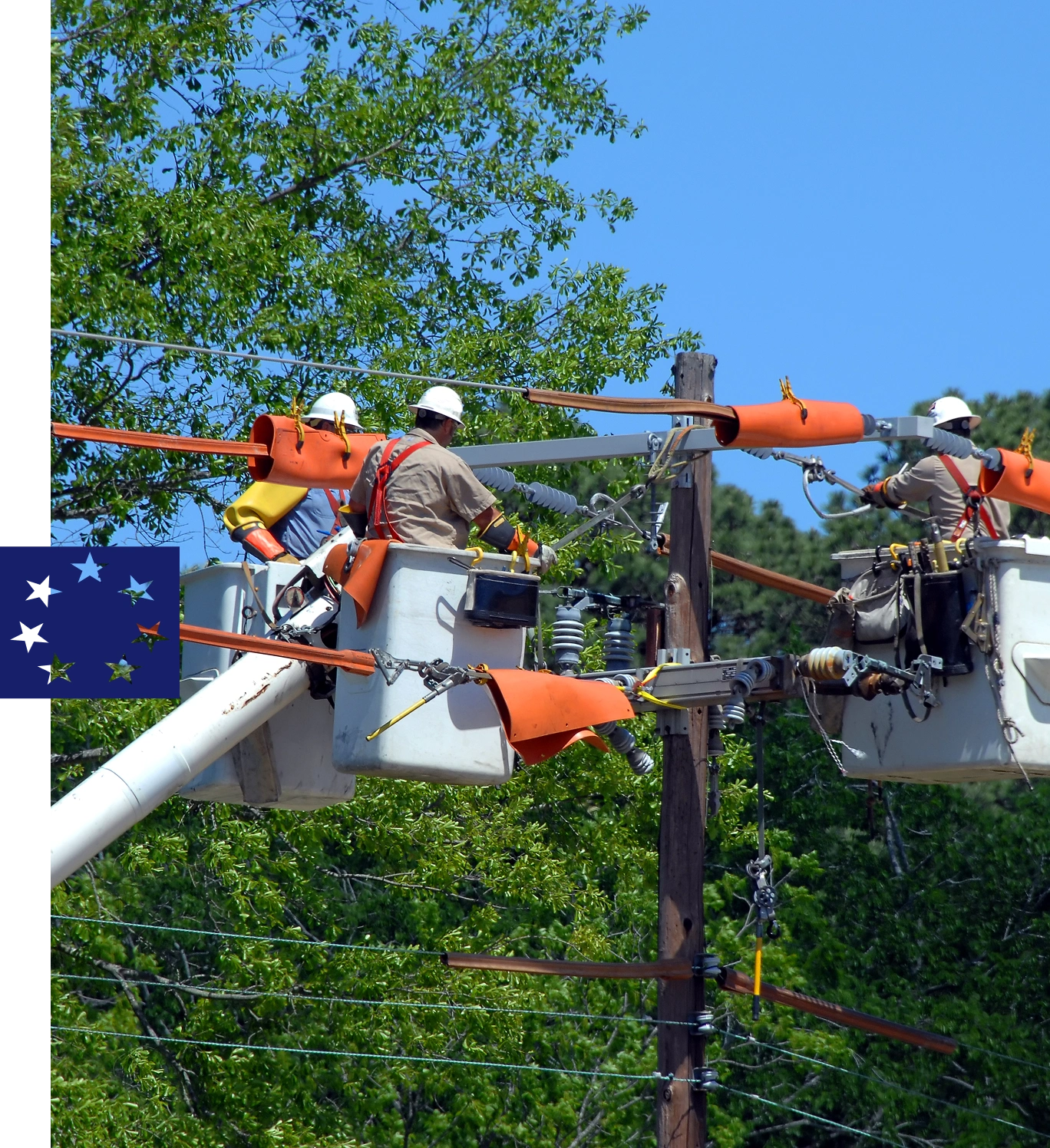Enabling Next-Generation Wireless Communications for a Midwest IOU
Case Study
Enabling Next-Generation Wireless Communications for a Midwest IOU
The Challenge:
A major investor-owned utility (IOU) in the Midwest, serving multiple states through a network of subsidiary companies, faced growing pressure to modernize its aging wireless communications infrastructure. Its existing Push-to-Talk (PTT) voice systems and non-line-of-sight (NLOS) point-to-multipoint radio networks had become fragmented—built on a patchwork of vendors, legacy technologies, and disparate frequency bands inherited through acquisitions and mergers.
The utility needed a unified solution that could support critical communications for both gas and electric operations, extend coverage across varied terrain, and improve reliability and performance across all operating companies. In short, they needed a spectrum and network platform that could scale with their future operational needs.
In addition to technical fragmentation, the utility faced operational challenges: inconsistent voice quality, limited coverage in rural or heavily forested areas, and rising maintenance costs tied to outdated infrastructure. These issues not only strained field crew coordination but also posed risks to safety and service reliability—especially during storm response or critical maintenance activities. With growing demand for real-time data and voice communications, a more cohesive and future-proof solution was urgently needed.


The Approach:
To support their transition to a next-generation wireless platform, the utility purchased licensed 220 MHz spectrum from Choctaw. This spectrum is ideally suited for utility applications that demand wide-area coverage, low latency, and reliable non-line-of-sight (NLOS) performance.
The 220 MHz spectrum played a key role in the utility’s early planning and network design for upgraded Push-to-Talk (PTT) and NLOS systems. It was incorporated into system modeling, pilot planning, and evaluations of how a unified platform could streamline communications across multiple operating companies.
The inherent characteristics of the 220 MHz band—particularly its ability to maintain strong signal performance in difficult terrain and deliver broad coverage with fewer sites—aligned closely with the utility’s goals for scalability, operational integration, and long-term reliability.

the results:
- Strategic Consolidation: The utility identified a path to consolidate multiple legacy systems into unified voice and data networks across all operating companies.
- Improved Coverage: Deployment of the 220 MHz system delivered strong, wide-area coverage—particularly in rural and semi-urban service areas—while reducing the number of sites needed to maintain reliable connectivity.
- Future-Ready Platform: The selected solution lays the groundwork for scalable, low-latency field communications capable of supporting advanced operational use cases, such as grid automation and real-time telemetry.
- Operational Cohesion: Standardizing communications systems across the enterprise supports smoother integration of acquired utilities and improves coordination across state lines.
- By aligning spectrum resources with evolving field communications needs, the utility is building a platform that supports both present-day reliability and future innovation.








